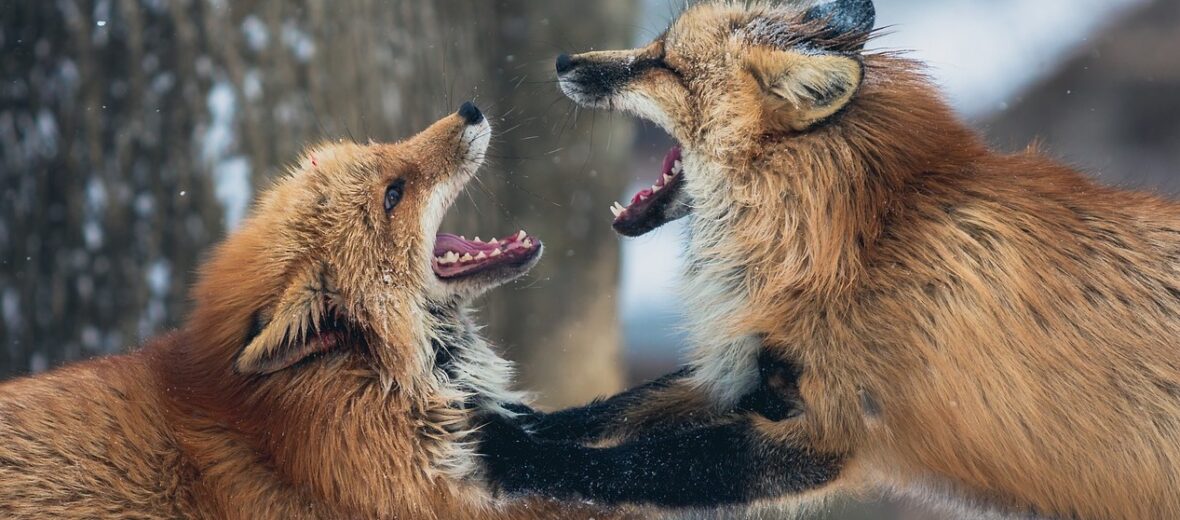
Contrary to the misinformation provided in that popular song, the fox does not make that gibberish that the song claims. Although foxes do make around 40 different and unique vocalizations and some very strange. Yep, this article is all about the fox. You can even say this article is rather … foxy?
First the Stats…
Scientific name: Vulpes
Weight: Up to 31 lbs
Height: Up to 20 inches, plus the tail
Lifespan: Up to 15 years
Now on to the Facts!
1.) Foxes are not pack animals, like other members of the canidae family. They are also typically nocturnal (active at night), but can be crepuscular (active at dawn and dusk).
2.) Red foxes have the largest geographic range of any carnivore! They can be found all across the northern hemisphere.
3.) A group of foxes is called a skulk or a leash.
4.) Like other animals that rely on the earth’s magnetic field for navigation, foxes use the earth’s magnetic field to hunt!
5.) Foxes produce one litter a year. The litters can range from one to 11 pups, with the standard amount being 5 – 6, which are born blind and don’t even open their eyes for 9 days.
But wait, there’s more on the fox!
6.) Grey foxes have the ability to retract their claws, just like cats.
7.) The bat eared fox not only has 5″ ears, but actually uses those ears to listen for insects that it eats and to help them thermoregulate (control body temperature).
Did you know…?
The arctic fox doesn’t get cold till the temperature drops to -94° F!
8.) A female fox is called a vixen and a male a dog.
9.) The fennec fox lives in the Sahara desert and has large ears to help it hear well and vent heat. They also have furry feet to help them walk on the hot sand. They are only about 8 inches long, plus their tail.
10.) Finally, the part you’ve been waiting for, the sounds that foxes do make. They actually make around 40 different sounds!
Now a Short Fox Video!
Another Fox Video. This one is of fox sounds.
Also, check out the Critter Science YouTube channel. Videos added frequently!
Want to suggest a critter for me to write about? Let me know here.



